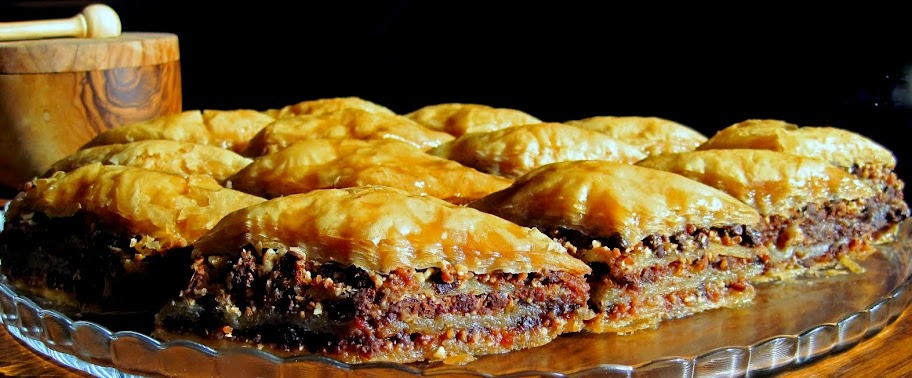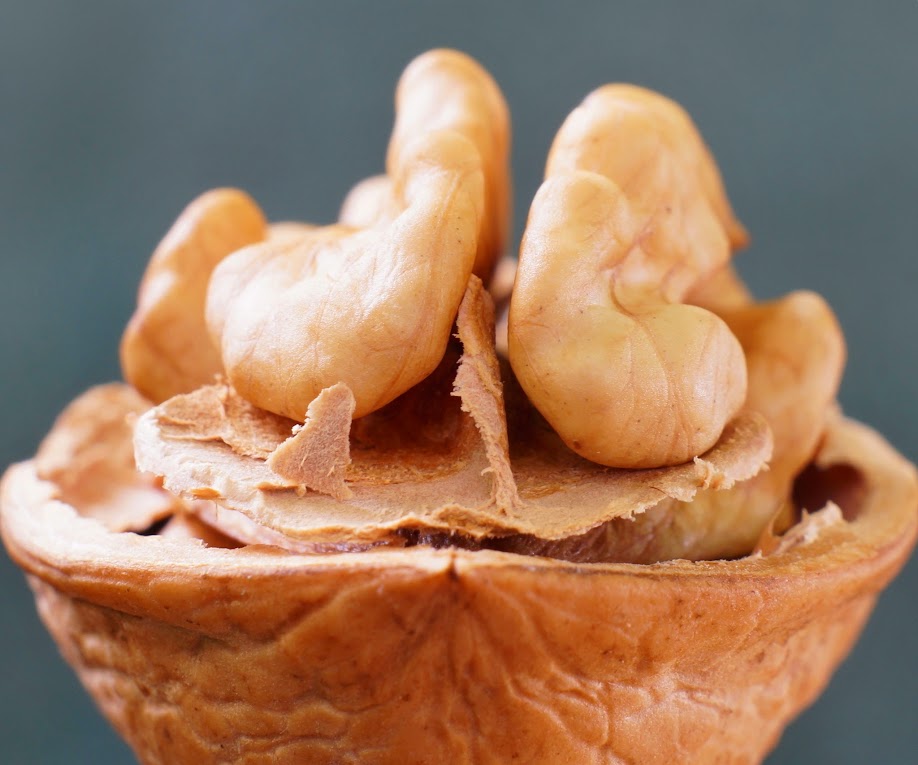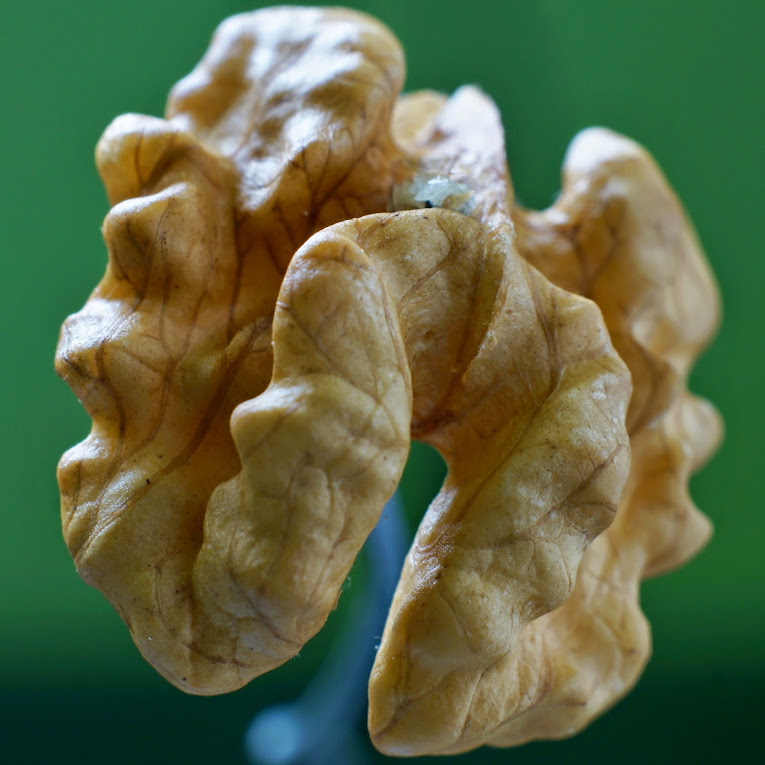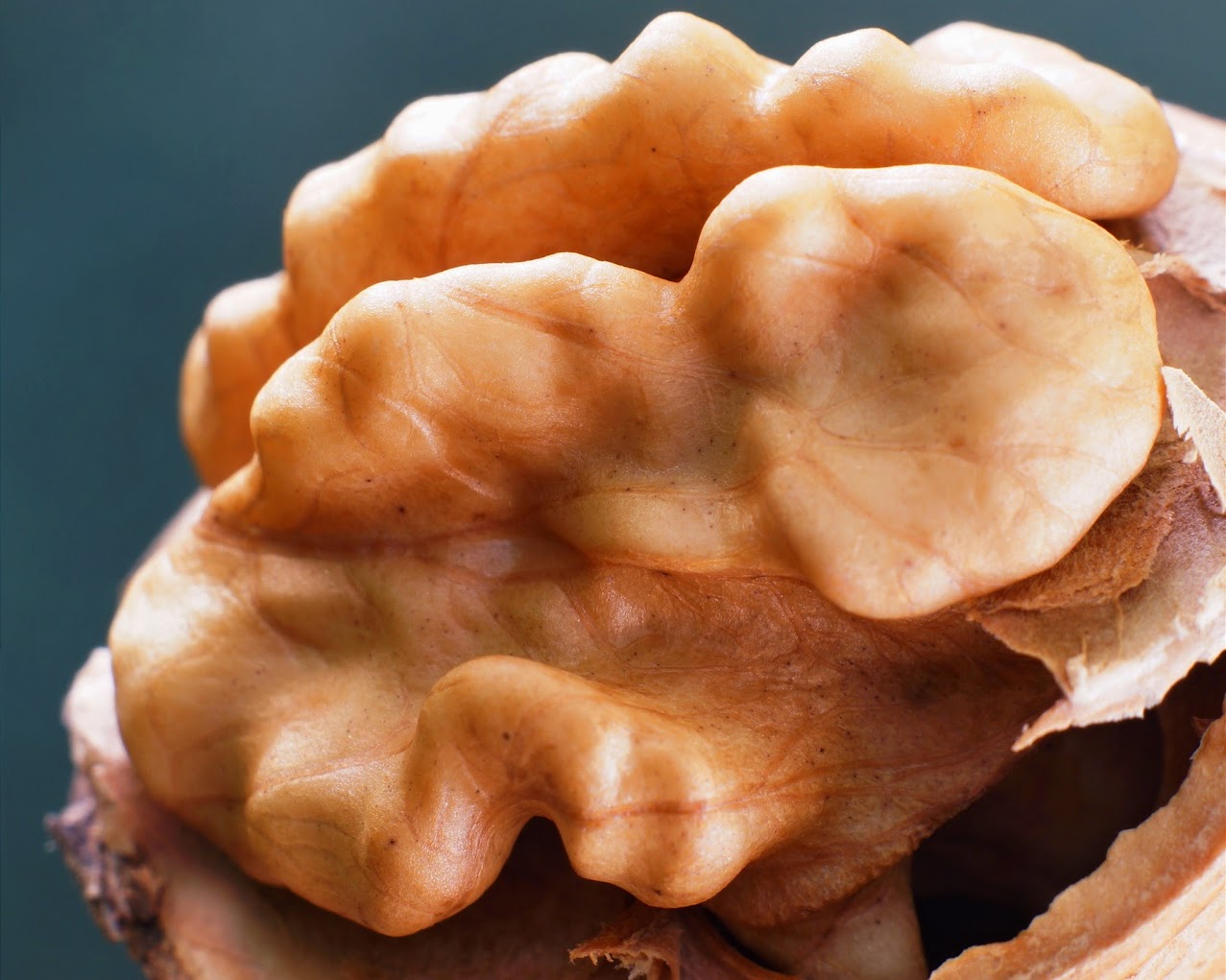Saw this thread, did a quick read through, and can only say there's lots of good advice given already.
Only flaw I've seen is Mildo putting me on his list.
Brother Mildo, please remove my name and put yours there instead.
This subject can get pretty technical, and I like simple.
Jo and I are just back from a little trip to Memphis where I took about 95 photos, and I've been doing small adjustments on them using Picasa's photo editing software.
Here's my 2 cents worth.
If you're not using some sort of editing software, then I suggest you get one.
I like Google's Picasa, it's free, but there are other free ones out there.
After trying Lightroom, I decided it's not for me since I shoot only jpegs and only want to tweak my photos.
I downloaded Jim's original pic to Picasa:
Slightly cropped it, and used the re-touch tool to get rid of the white object.
Then I made only a slight color temperature adjustment.
Not great, but better to my eyes:
Another feature of Picasa is "I'm feeling lucky"
It's a one click auto adjustment, sometimes it works well, other times not so well.
Below is a shot at f1.8, 200 ISO.
Using only IFL (I'm feeling lucky)
Same subject at f5, and 1600 ISO:
and with IFL:
Another point is that many modern cameras do high ISO's very well, so if your camera has the adjustable setting, then give it a try when lighting is low.
For most of my cook shots I use aperture priority, and auto ISO letting the camera make the decisions on shutter speed and ISO rate.
I confess to being lazy when it comes to plate shots, I've had fun cooking and taking photos, now it's time to eat!
Hope this was helpful.
Edit to add,
reviewing the above fish photos, after posting, there does not seem to be as much change in them as when viewed in my Picasa albums.
I'm not smart enough to know why.












